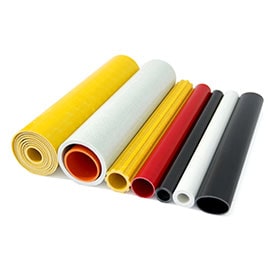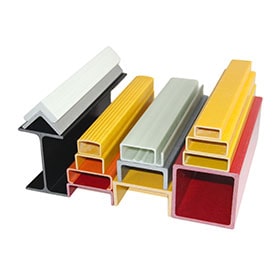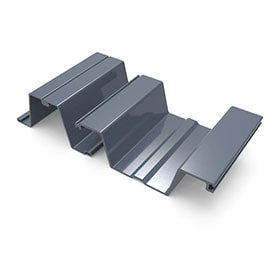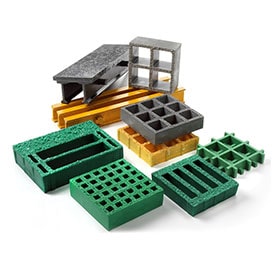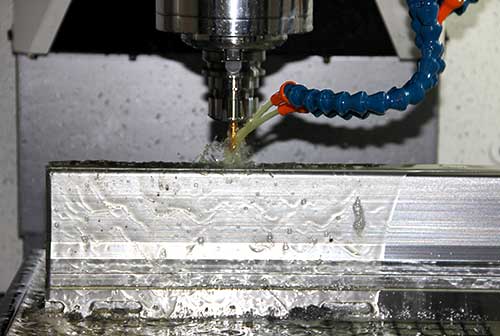
Fiberglass Pultrusion Molds generation process
Henan Zhongsheng is a leading manufacturer of fiberglass pultrusion molds. We have been in business for over 20 years and have produced molds for a wide range of applications, including pipes, rods, profiles, and sheets.
In this article, we will discuss some common problems that can occur with fiberglass pultrusion molds and how to troubleshoot them.
Common Problems
Here are some of the most common problems that can occur with fiberglass pultrusion molds:
Surface defects
Dimensional inaccuracies
Leaks Breakages
Corrosion
Surface Defects
Surface defects are one of the most common problems that can occur with fiberglass pultrusion molds. These defects can include:
Blisters
Fiber pull-out
Wrinkles
Uneven color
Blisters are caused by trapped air or gas within the mold. Fiber pull-out is caused by the fibers being pulled out of the mold during the pultrusion process. Wrinkles are caused by the mold not being properly heated or cooled. Uneven color is caused by the resin not being mixed evenly or by the pigment not being compatible with the resin.
To troubleshoot surface defects, you should first check the mold for any obvious damage. If the mold is damaged, it will need to be repaired or replaced. You should also check the mold for any burrs or sharp edges. These can cause the surface of the product to become damaged.
You should also check the mold release agent. If the mold release agent is not working properly, it can cause the product to stick to the mold and become damaged.
Finally, you should check the process parameters. If the process parameters are not correct, it can cause surface defects.
Dimensional Inaccuracies
Dimensional inaccuracies can be caused by a number of factors, including:
Improper mold design
Improper mold manufacturing
Improper process parameters
To troubleshoot dimensional inaccuracies, you should first check the mold design. The mold design should be accurate to the desired dimensions. You should also check the mold manufacturing. The mold should be manufactured to the correct tolerances.
Finally, you should check the process parameters. The process parameters should be set to ensure that the product is cured to the desired dimensions.
Leaks
Leaks can be caused by a number of factors, including:
Improper mold design
Improper mold manufacturing
Improper process parameters
To troubleshoot leaks, you should first check the mold design. The mold design should be free of any gaps or holes that could allow resin to leak out. You should also check the mold manufacturing. The mold should be manufactured to a tight tolerance to prevent leaks.
Finally, you should check the process parameters. The process parameters should be set to ensure that the resin is properly cured and that there is no excess resin that could leak out.
Breakages
Breakages can be caused by a number of factors, including:
Improper mold design
Improper mold manufacturing
Improper process parameters
To troubleshoot breakages, you should first check the mold design. The mold design should be strong enough to withstand the forces of the pultrusion process. You should also check the mold manufacturing. The mold should be manufactured to the correct specifications to ensure that it is strong enough.
Finally, you should check the process parameters. The process parameters should be set to ensure that the product is cured to the desired strength.
Corrosion
Corrosion can be caused by a number of factors, including:
Improper mold materials
Improper mold manufacturing
Improper environmental conditions
To troubleshoot corrosion, you should first check the mold materials. The mold materials should be resistant to corrosion. You should also check the mold manufacturing. The mold should be manufactured to a high standard to prevent corrosion.
Finally, you should check the environmental conditions. The mold should be stored in a dry, clean environment to prevent corrosion.
Conclusion
By following the troubleshooting tips in this article, you can help to ensure that your fiberglass pultrusion molds are operating properly and producing high-quality products.
Additional Tips
In addition to the tips listed above, here are a few additional tips for troubleshooting fiberglass pultrusion molds:
Keep good records. Keep track of all of your mold maintenance and repairs. This will help you to identify any recurring problems and take steps to prevent them from happening again.
Train your employees. Make sure that your employees are properly trained on how to operate and maintain your fiberglass pultrusion molds. This will help to prevent damage to the molds and ensure that they are producing high-quality products.
Calibrate your equipment regularly. It is important to calibrate your equipment regularly to ensure that it is operating properly. This includes equipment such as the pultrusion machine, the resin mixer, and the mold temperature controller.
Use the right materials. Make sure that you are using the right materials for your fiberglass pultrusion molds. This includes the mold materials, the fiber materials, and the resin materials.
Follow the manufacturer's instructions. Always follow the manufacturer's instructions for your fiberglass pultrusion molds. This will help to ensure that you are using the molds properly and that they are operating safely.
Case Study
Here is a case study of a fiberglass pultrusion mold that experienced a problem:
A company was using a fiberglass pultrusion mold to produce pipes. The pipes were coming out of the mold with wrinkles. The company checked the mold for damage, but it was not damaged. They also checked the mold release agent, but it was working properly.
The company then checked the process parameters. They found that the resin temperature was too low. They increased the resin temperature, and the wrinkles went away.
This case study shows how important it is to troubleshoot fiberglass pultrusion molds properly. By checking all of the possible causes of a problem, you can quickly identify the source of the problem and take steps to fix it.
By following the tips in this article, you can help to ensure that your fiberglass pultrusion molds are operating properly and producing high-quality products.
 +86 15303735673
+86 15303735673 Jessica@frpzs.com
Jessica@frpzs.com
 Technical Data
Technical Data


